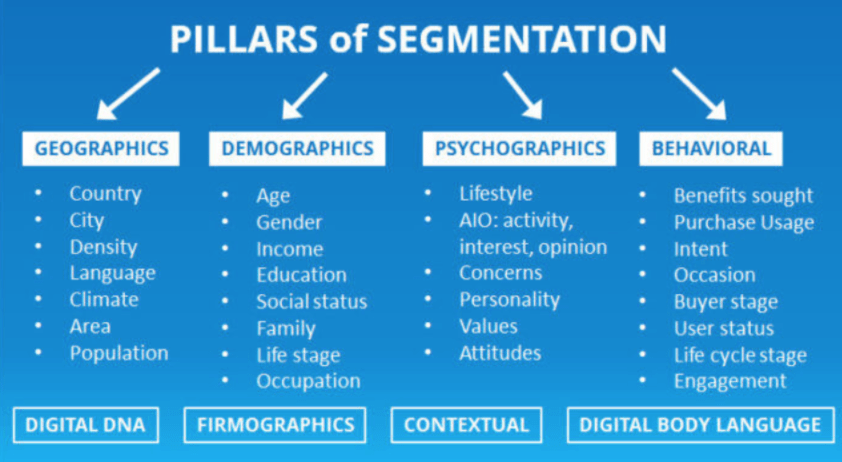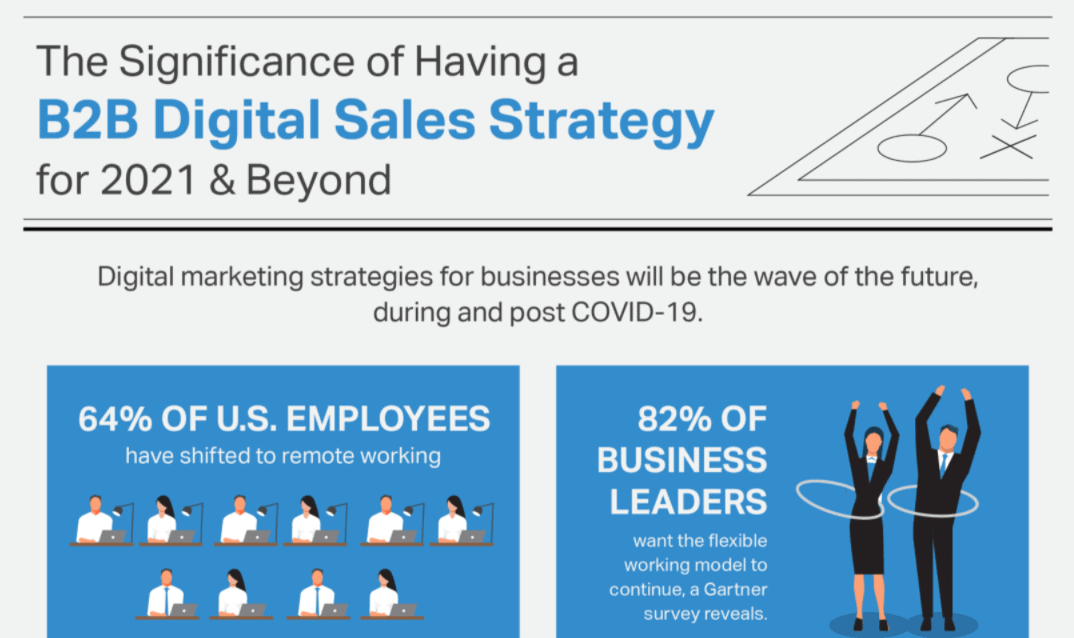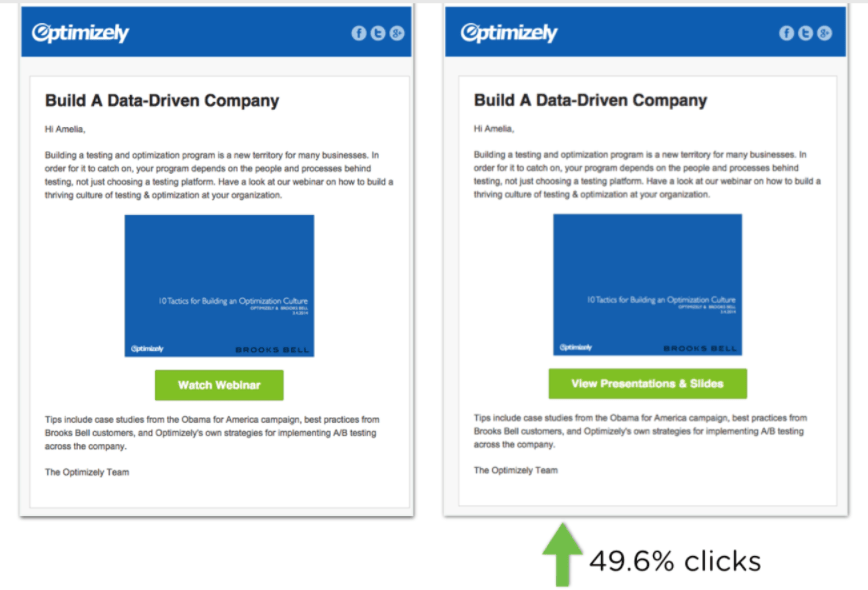Email marketing is one of the oldest and most popular marketing techniques. In fact, 87% of the North American B2B marketers use email marketing as the main way of nurturing leads, according to the 2019 B2B Content Marketing Survey. Also, emails are considered to be the biggest source of lead generation by 44% of the marketers, according to Chief Marketer 2019 B2B Marketing Outlook.
These figures tell us that emails are an extremely trusted tool for B2B marketers. But some B2B marketers still find it challenging to build customer loyalty through this channel. If you are one such marketer, here’s what you need to know.
Understanding the B2B Customer
Some marketers approach B2B and B2C marketing in the same manner. But this can be a grave mistake, given that B2B and B2C are vastly different. B2C marketing is for customers who are buying for their personal use, while in B2B marketing, the products or services are purchased for company use. Additionally, the products and services in B2B marketing are generally more complex and expensive.
This means that the customers in B2B marketing are more planned, rational and logical than B2C customers. Their decision making involves carefully thinking about the return on investment (ROI). Therefore, it is vital to provide them a rational message and sound information about the service or product. Unlike B2C marketing, emotional factors have little impact in B2B marketing.
Optimizing B2B Email Marketing to Boost Customer Loyalty
Here’s a look at some ways to improve your B2B email marketing:
1. Segment Your List
Not every email you send will be relevant to everyone on your email list. Different people might be at different stages of the buying process. They might even be looking for different products and services. That is why it is vital to segment your email list. This can help you improve your open rate, leads and transactions.
For effective segmentation, it is also important to know your target audience. You should know metrics such as industry, position, age, level of education, company size and the income of your target audience.
2. Content is King
ie. Infographic/White Paper Content
In B2B email marketing, it is vital to craft the content carefully. Try to focus on the areas your target businesses are having problems with. Then you can educate the customer about how your product or service can solve these problems efficiently. You can achieve this by providing case studies, white papers, and other long form content. This also displays your expertise in the field. You can also provide qualifications and credentials to show that you have the capability to solve their problem.
3. Test Your Emails
A/B testing is a great way of identifying which email format works and which does not. A/B testing or split testing involves sending 2 or more different versions of an email and seeing which performs better. The 2 versions are sent to different groups and metrics such as clicks, conversions and traffic are measured. You can test elements such as subject lines, calls to action, design, messaging, landing page and personalization.
Apart from these, it is also important to send a well-crafted welcome email. It sets the tone for the rest of your interaction with the client.



